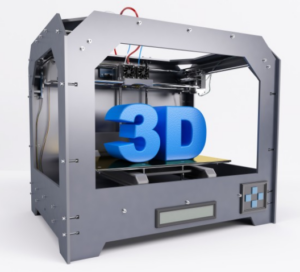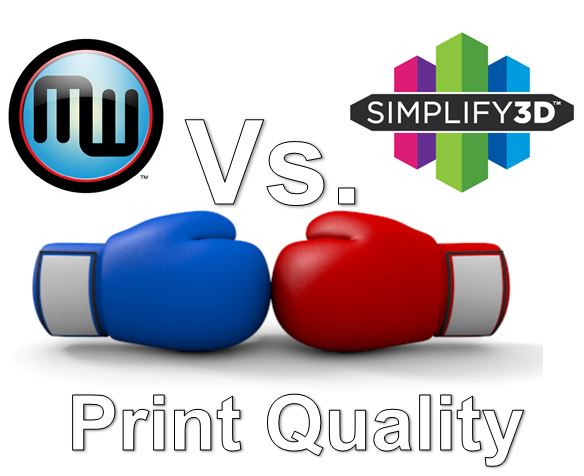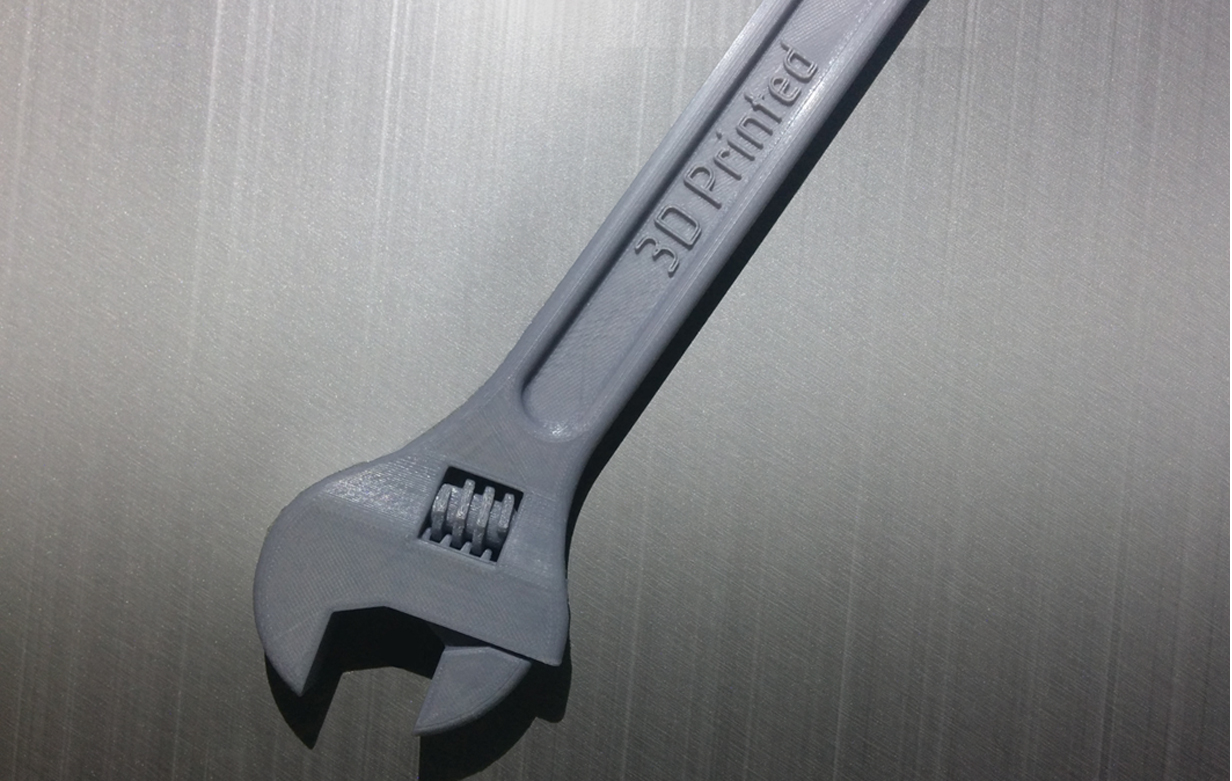TPE (Thermoplastic Elastomer)
Brief Introduction and History: TPE, or Thermoplastic Elastomer, is a versatile material with a fascinating history. It was first developed in the late 1950s and has since revolutionized the world of 3D printing due to its unique blend of rubber and thermoplastic properties. TPE has become a popular choice for producing flexible and durable 3D printed objects.
Material Composition: TPE is formulated from a blend of polymers, typically consisting of a mix of plastic and rubber, which provides it with both elasticity and moldability. This combination gives TPE its distinct properties, allowing it to be easily manipulated during the 3D printing process.
Uses: TPE is commonly used in the production of flexible parts and components, such as gaskets, seals, and soft grips. Its ability to mimic the characteristics of rubber while being easily processed like plastic makes it a popular choice in various industries, including automotive, medical, and consumer goods.
Best Fit Use: TPE is best suited for applications that require elasticity, resilience, and durability. Its ability to withstand repeated bending and stretching makes it an ideal choice for making seals, gaskets, and other flexible parts.
Detailed Example of Specific Use 1: TPE is extensively utilized in the automotive industry for manufacturing weather seals and gaskets due to its excellent weather resistance and sealing properties. It ensures a tight and durable seal, providing long-term reliability and performance.
Detailed Example of Specific Use 2: In the medical field, TPE is employed in creating soft, comfortable grips for handheld medical devices, ensuring ergonomic design and user comfort during prolonged use. Its biocompatibility and flexibility make it an ideal choice for this application.
Difference Between Basic and Advanced Forms: Advanced forms of TPE may include enhanced impact resistance, increased flexibility, or improved resistance to chemicals and oils, providing designers with a wider array of options for specific applications. Basic forms offer standard mechanical properties and are more suited for general-purpose use.
Benefits: The advantages of using TPE in 3D printing include its flexibility, resilience, and ease of processing. It also offers excellent adhesion between layers, resulting in robust and durable printed objects.
Drawbacks: One potential limitation of TPE is its tendency to undergo thermal degradation at higher temperatures, requiring careful consideration during the printing process to avoid overexposure to heat. Additionally, achieving fine details in prints may be more challenging due to its elastic nature.
Overall Rating for Daily Use: TPE receives a high rating for daily use, as it is suitable for a wide range of applications in both hobbyist and professional contexts. Its versatility and durability make it a valuable material for everyday 3D printing needs.
Future Developments: Ongoing research in TPE focuses on further enhancing its resistance to environmental factors and developing specialized formulations tailored for specific industries. Future advancements may lead to even more tailored and high-performance TPE materials for 3D printing applications.






